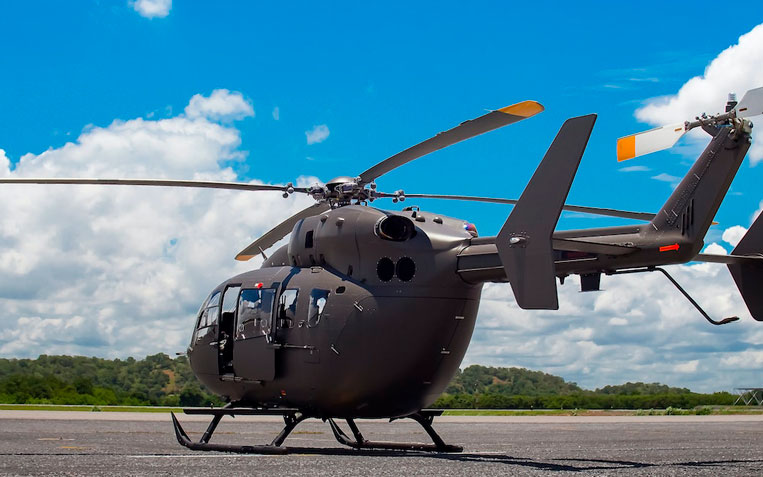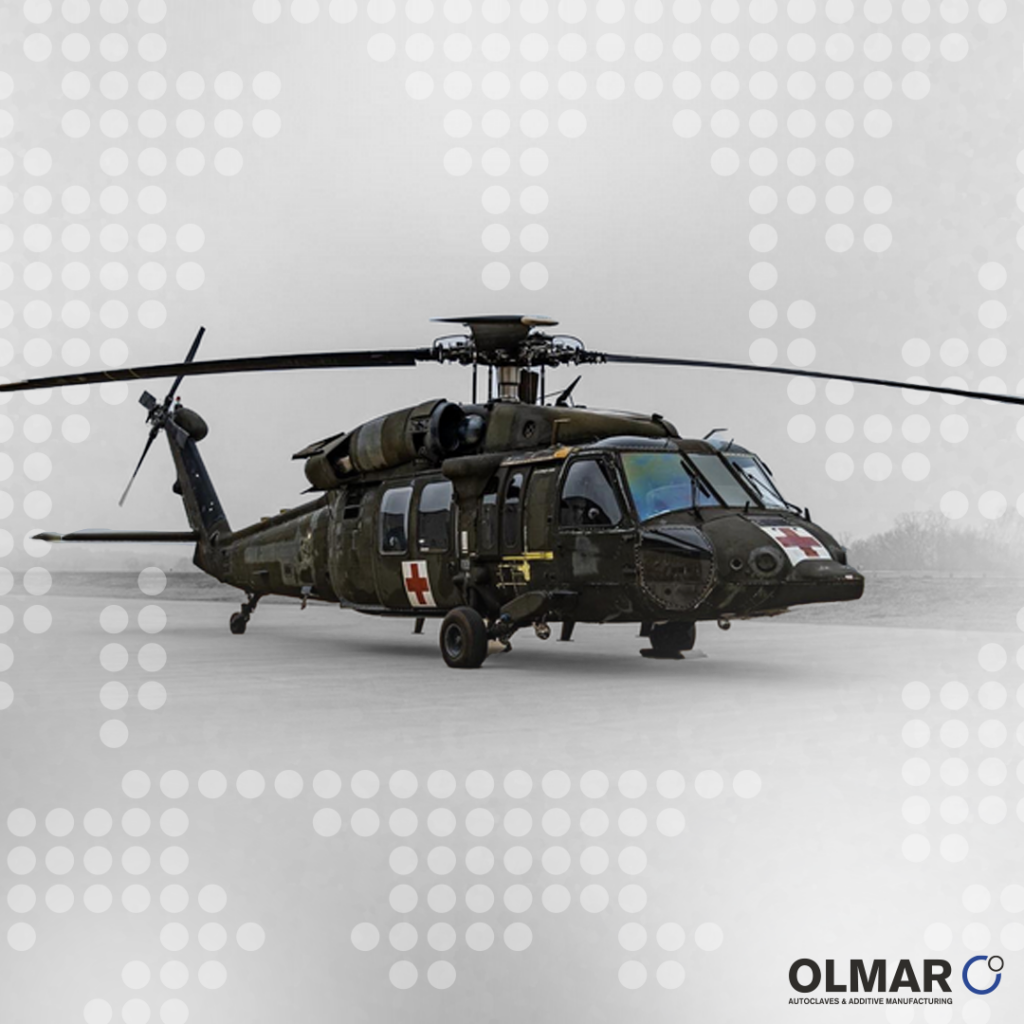Carbon fiber is one of the main materials used for the manufacture of helicopters. We are talking about a compound with great potential that stands out for its lightness and resistance; For this reason, it is currently used in very diverse sectors, including aeronautics.
The need to improve the aerodynamic performance of aircraft, as well as to increase their efficiency in terms of fuel, led to the search for lighter and different alternatives to the materials used in the past.
Why is it important that materials are lighter?
For two fundamental reasons:
- The weight of these machines is directly related to fuel consumption. The greater the weight, the greater the consumption.
- In the case of helicopters, their engines have to be able to lift the entire weight of the machine into the air in any situation.
Unlike airplanes, helicopters can fly in almost all directions, being able to remain still in the air and provide an immediate response in special circumstances, since they have a series of components that make it possible for them to perform maneuvers that other aircraft cannot.

Among the main components, we have the engine and the rotor blades, which act like small wings generating the vertical thrust that the helicopter needs to fly.
In order for the blades to respond correctly to angle of attack changes imposed by the rotor base, it is important that they be made of a non-deforming, or low-deforming, and low-weight material. That’s the reason why composite materials have been used in their design since the 1960’s.
Carbon fiber: a revolution in helicopter manufacturing
There is not a single type of carbon fiber and neither do they all have the same quality or the mechanical properties, but, in general terms, we can say that it is a very special material that has radically changed the rules of the game in the world of aeronautics.
Its great rigidity and lightness give it a certain appeal. However, these are not the only qualities that make it stand out from other materials. As soon as changes in temperature emerge, it behaves like a thermal raincoat, resisting all kinds of external agents such as humidity or corrosion.
Autoclaves for the manufacture of composites
Carbon fiber is soft. To harden it and achieve a more robust and lightweight piece, it is necessary to introduce it into an autoclave specially designed for the treatment of composite materials.
By controlling the pressure and temperature inside the autoclave we will achieve the final compaction of the layers of tissue and the hardening of the resin.
In the same way that not all carbon fibers are the same, neither are autoclaves. The new autoclaves that we manufacture at Olmar allow, for example, to control, study and act on the different variables of the process in real time, which guarantees an optimal result in each cycle.

One of these autoclaves for the treatment of composite materials is currently on its way to the United States, where Yulista is located, an important American company that counts among its clients companies with extensive experience in the military and aerospace industry.
This agreement with Yulista reaffirms our presence at an international level and positions us as a benchmark in the autoclave sector.





